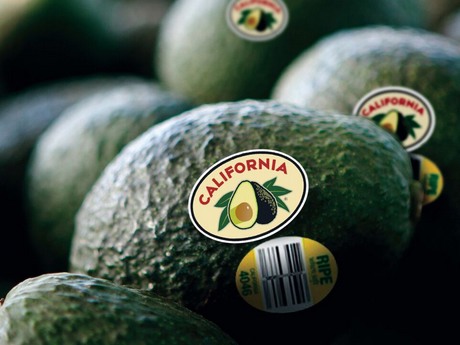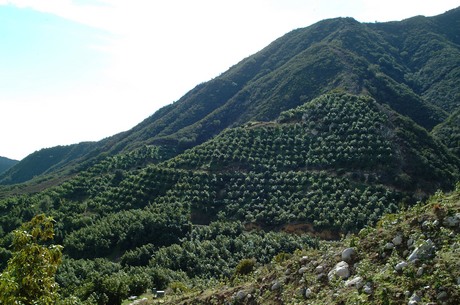Nowadays, about 90 percent of avocados consumed in the US are imported. Mexico is the largest supplier by far, but avocados from Chile, Peru, Colombia and the Dominican Republic also increasingly make their way into the country. Within the domestic market, California is the only commercial Hass avocado-growing state and has experienced market share declines as import supplies have grown. Fortunately, consumer demand has kept pace – or possibly exceeded – the burgeoning supply.
 “In the 1990s, with little competition, we used to have 85 percent market share,” said Jan DeLyser with the California Avocado Commission. However, in 1997 the U.S. opened its doors to Mexican avocados, and since then, California’s market share has gradually decreased to less than 10 percent today. “Our supply is seasonal, so our market share in season and in the West where we focus is significantly higher,” continued DeLyser.
“In the 1990s, with little competition, we used to have 85 percent market share,” said Jan DeLyser with the California Avocado Commission. However, in 1997 the U.S. opened its doors to Mexican avocados, and since then, California’s market share has gradually decreased to less than 10 percent today. “Our supply is seasonal, so our market share in season and in the West where we focus is significantly higher,” continued DeLyser.

California avocado in high demand
“Positioning California avocados as the premium brand of avocados and targeting our marketing activities to match with the customers and consumers who care about the differentiation between California avocados and imports is the key to staying relevant in the market under the current circumstances,” shared DeLyser. “For some buyers and consumers the difference is consistent quality and a longer shelf-life upon ripening compared to import product. For others what is motivating is supporting a locally grown product, the farmers who grow them and the local economy.“

The California Avocado Commission works closely with avocado handlers. “It is very important to coordinate promotions with them when the fruit is available in the market,” DeLyser mentioned. “After 40 years of marketing support, including today’s targeted merchandising, digital media and social outreach, the majority of our customers want to buy California avocados for as long as they can get them.”
California avocados are generally available from spring until fall with supplies peaking during summer time.
For more information:
Jan DeLyser
California Avocado Commission
Tel: (+1) 949-341-1955
www.californiaavocado.com
